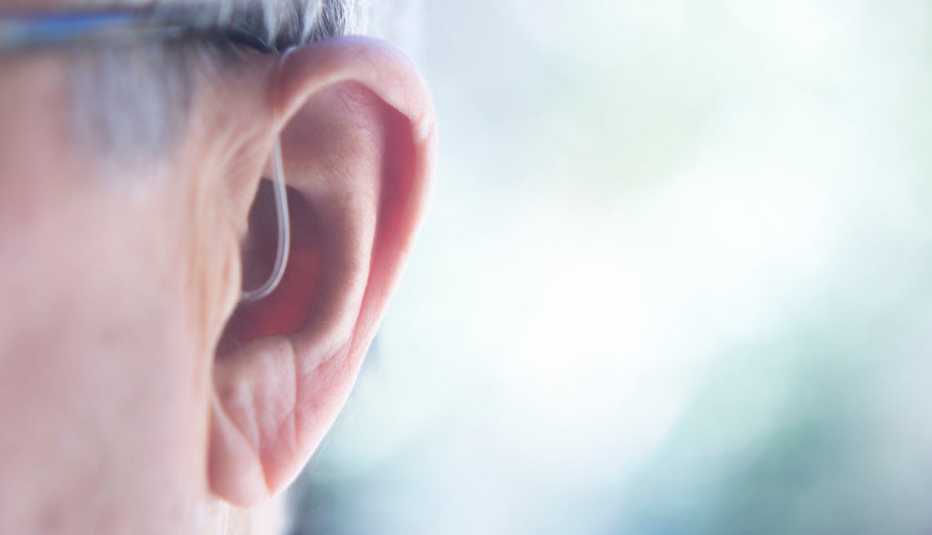Staying Fit
Nearly 30 million Americans could benefit from using a hearing aid, according to the National Institute on Deafness and Other Communication Disorders (MNIDCD). But a small percentage of people with hearing loss actually use one — under 30 percent of those ages 70 and older and only 16 percent of those ages 20 to 69.
Many may not be aware of how much they've improved in the past decade, says Laurel Christensen, chief audiology officer at GN Hearing, a hearing device manufacturer. “Hearing aids over the last 10 years have undergone a big change … and have really started to meet the needs of people with hearing impairment far better.”


AARP Membership— $12 for your first year when you sign up for Automatic Renewal
Get instant access to members-only products and hundreds of discounts, a free second membership, and a subscription to AARP the Magazine.
Here are some of the most exciting advances in hearing aid technology.
Rechargeable hearing aids
A common problem for users of hearing aids is changing the tiny batteries that keep them running. “Many older people do not have great manual dexterity,” says Christensen. But now you can buy rechargeable hearing aids: “You charge it at night the same way you do your phone, and get a full day of hearing aid life the next day,” she says. The typical charge lasts 30 hours.
Another benefit to the rechargeables: “You no longer have to worry about the battery beeping when you're in church or a restaurant,” says Eryn Staats, an audiologist and audiology manager at the Ohio State University (OSU) Wexner Medical Center.
Smartphone connectivity
Some of the latest hearing aids are able to connect wirelessly to both Android and iPhone devices, which brings a whole host of benefits. For one, the wearer is better able to hear while talking on the phone. “One of the biggest losses for people with impaired hearing is the ability to use the phone,” says Staats. Not being able to see the speaker and read lips cuts down on understanding. With smartphone connectivity, the clarity improves.
Another benefit to wireless connectivity: Users can download an app that allows them to adjust the hearing aid to different circumstances. (Different hearing aid companies have their own apps that perform in similar ways.) If you're in a loud restaurant, for example, you can tell the hearing aid where you are and it will automatically adjust to block out background noise and make it easier for you to hear the conversation at your table. (Background noise is the biggest problem for people with hearing loss.)


































































